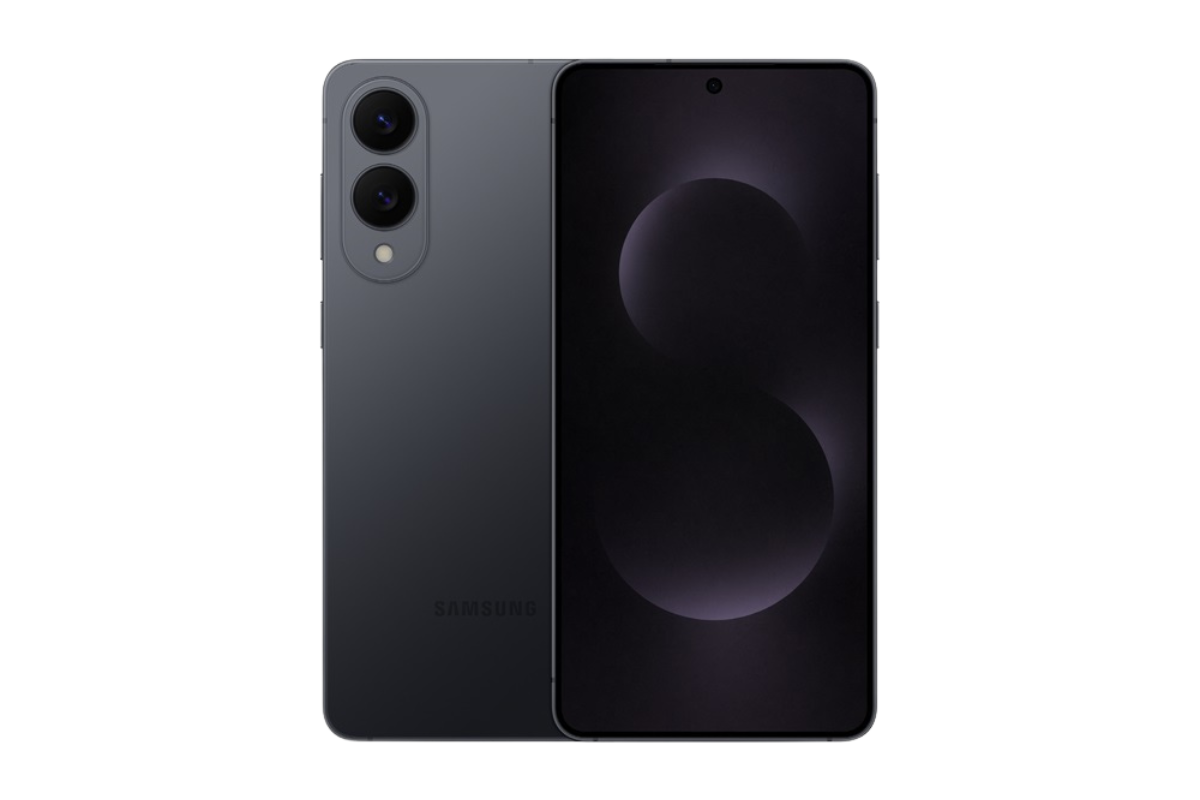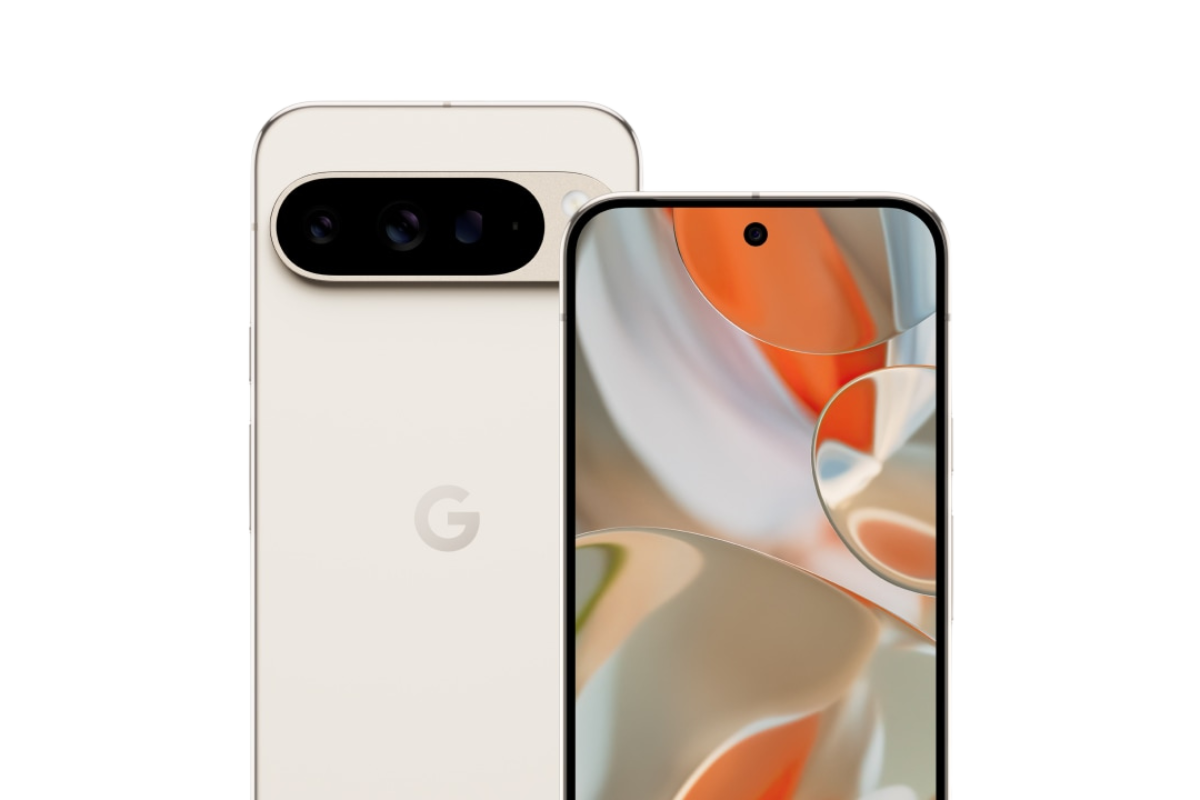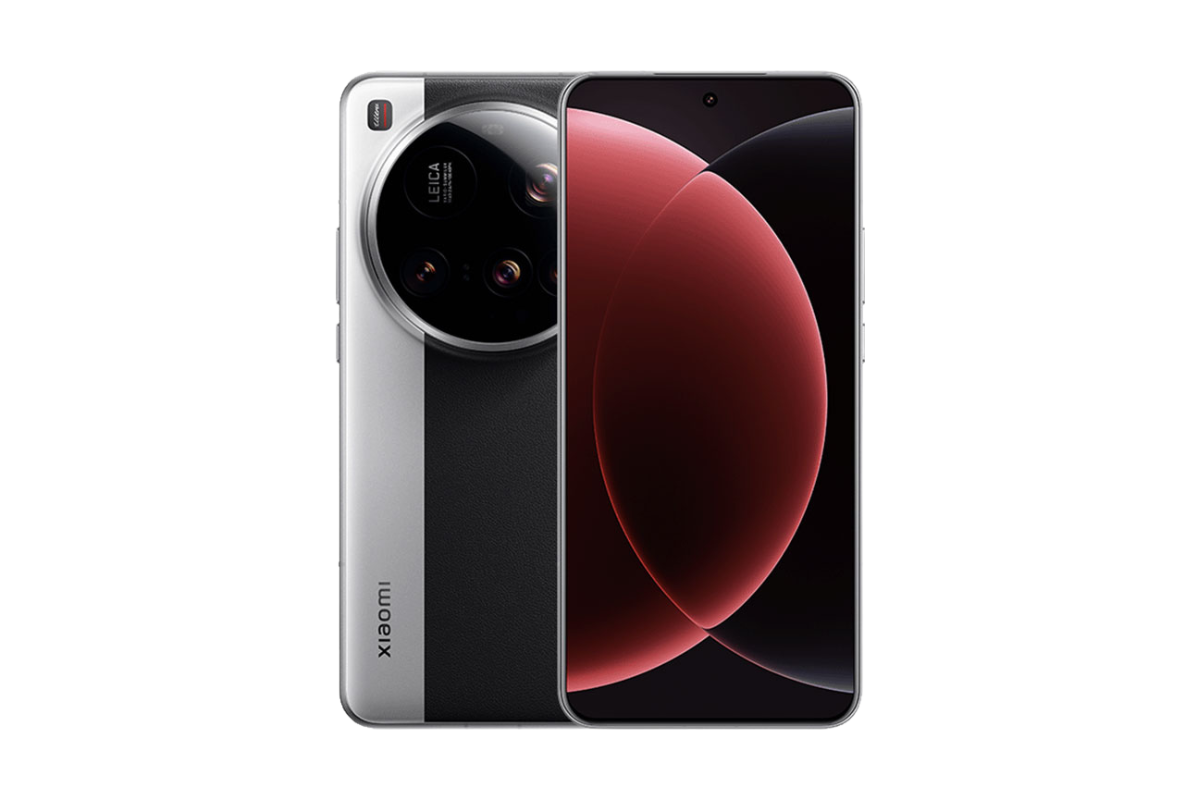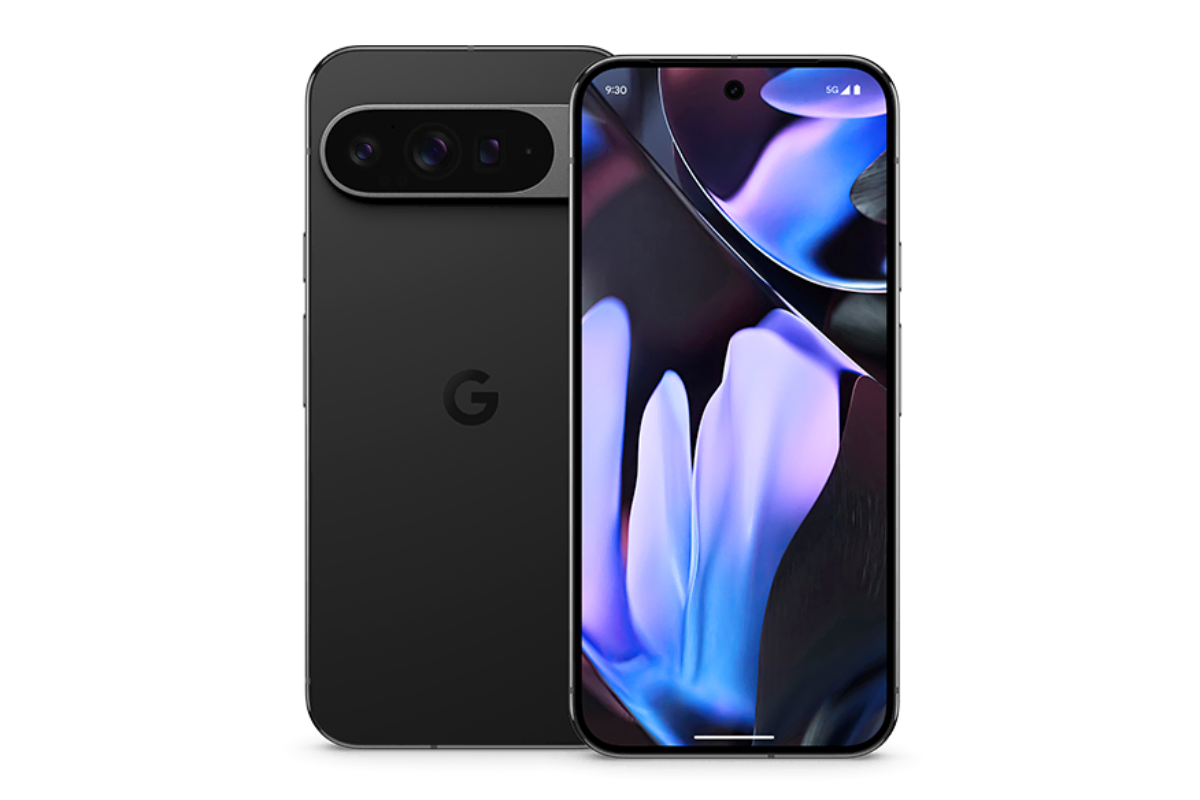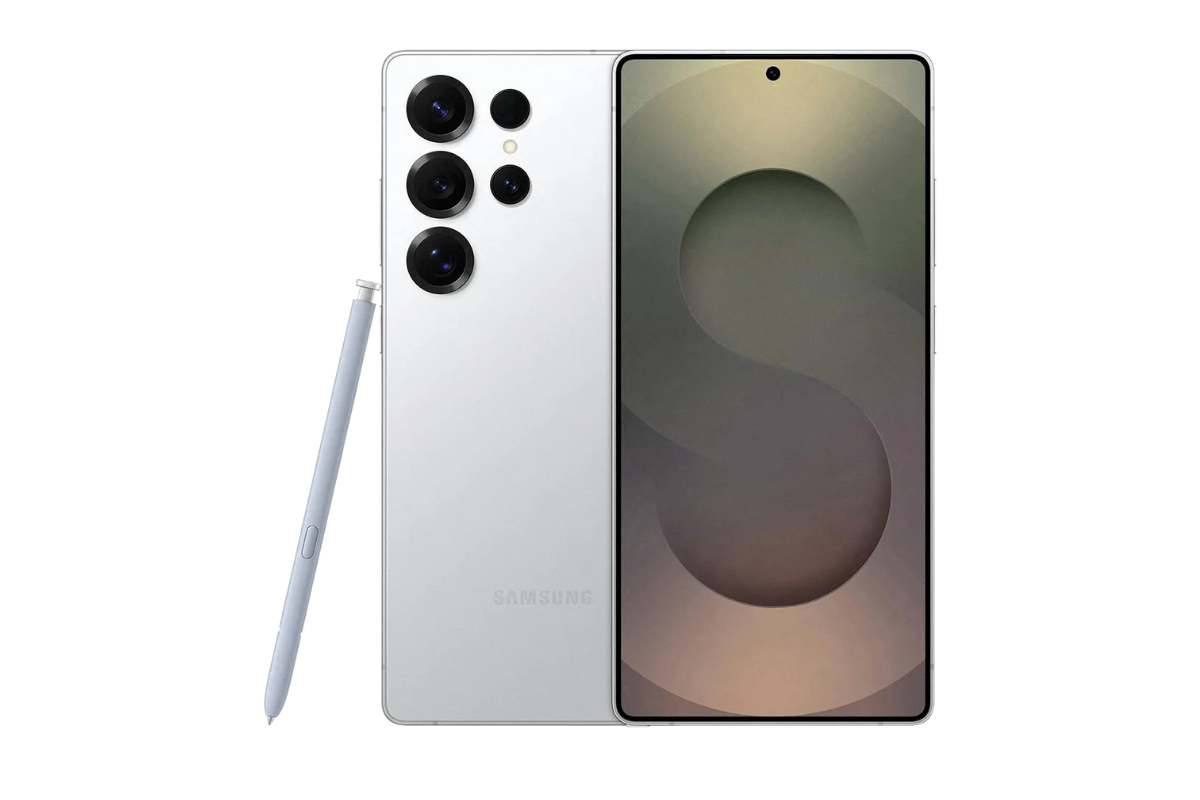Let’s Break It Down…
The Best Phones For Content Creators Right Now
Whether you’re shooting YouTube video or content for Instagram or TikTok, a good-quality camera is essential. All things being equal, camera tech is now the main thing you’re paying for when you get into the higher-end of the phone market. As of right now, these are the best phones for content creators we’ve tested in the last 12 months.
Top-Rated Phones For Video Content…

Written by
Choosing The Right Phone For Video Content Creation
What’s The Best Phone For Content Creators?
If you want to shoot video that looks professional, you’ll need a phone with the most advanced camera tech inside it, and right now that’d be either the Google Pixel 9 Pro XL or the iPhone 16 Pro Max.
Both are exceptional for video content, although I do think Apple has a slight edge over Google when it comes to natural-looking, point and shoot video content.
Both will do professional-looking video and both cost more or less the same: north of $1200 brand new.
If you’re on a tighter budget, take a look at a refurbished iPhone 14 Pro Max. It’s not quite as good as the newer models, but it is still more than enough to get you started on your content creator journey.
What Phone Do Most Influencers Use?
Influencers are a huge part of most phone brands’ marketing strategy. The more popular they are, the more free stuff they get access to, and that includes phones.
According to our research, we reached out to over 100 of the top influencers on Instagram and YouTube, the vast majority (around 76%) use iPhone, notably the Pro and Pro Max models.
The rest used Samsung’s Galaxy Ultra models (usually the latest one) and Google’s Pixel 9 Pro series phones (again, usually the Pro XL).
Is A Basic iPhone OK For Content Creation?
The iPhone 16 has a very solid camera system which means it is more than enough for basic content creation.
Yes, it does lack some of the more advanced features you get on the Pro and Pro Max models, but if you’re just starting out it’ll be more than enough for the first phase of your content creation journey.
Again, a smart way to get access to higher-end spec for less money is to buy refurbished phones. You’ll save around 40% versus buying new, so look at things like the iPhone 14 Pro Max and iPhone 15 Pro Max. You can pick them up for around the same price as a base model iPhone 16.
Top Choices for Video Creation
- Apple iPhone 16 Pro Max: Records 4K60 HDR video on all cameras, supports professional ProRes formats, provides advanced cinematic stabilization, and gives creators access to a huge library of editing apps.
- Samsung Galaxy S25 Ultra: Shoots 8K video and 4K at 120fps, uses upgraded microphones with AI-powered audio, offers versatile lenses, and includes an intuitive editing suite that works well for YouTubers and vloggers.
- Google Pixel 9 Pro XL: Captures smooth 4K HDR at 60fps, supports 8K recording, uses improved microphones, and integrates AI-powered video editing tools that simplify long recording sessions.
- Sony Xperia 1 VI: Records 4K at 120fps on every lens, provides continuous optical zoom, allows full manual control of exposure, white balance, and shutter speed, and supports external microphones and microSD cards. Professionals who want full creative control prefer this model.
Important Features to Consider
Video Resolution and Frame Rate
Choose a phone that records at least 4K at 60fps. This setting has become the sweet spot for most creators because it delivers sharp detail while keeping motion smooth and natural.
At 60 frames per second, your videos look fluid, whether you are filming fast action or just walking through a busy city with your phone in hand.
It also gives you more options for slowing footage down in post-production without making it choppy.
High-end models now push things further with 4K at 120fps and even 8K recording. These settings give you extra flexibility.
Shooting at 120fps allows you to create professional-grade slow-motion clips that stand out on platforms like TikTok, Instagram Reels, and YouTube Shorts.
Meanwhile, 8K recording captures incredible amounts of detail, which is useful if you want to crop or reframe your footage later without losing sharpness.
It also helps “future-proof” your content, since video standards continue to move toward higher resolutions.
The trade-off is that higher resolutions and frame rates use more storage and can drain the battery faster.
That’s why creators should balance their needs: 4K60 works well for most day-to-day filming, while 4K120 and 8K give you advanced options when you want cinematic effects or maximum detail.
Stabilization
Optical Image Stabilization (OIS) physically adjusts the camera lens to counteract movement, which works well for subtle shakes like holding your phone still.
Electronic Image Stabilization (EIS) uses software to crop and smooth the video in real time, making it more effective during walking shots or quick pans.
When phones combine both systems, you get steady footage that looks far more professional, even without a gimbal.
This is particularly important for creators filming travel vlogs, action clips, or short-form content where holding a tripod or stabilizer is not always practical.
Smooth video keeps viewers engaged, while shaky footage can distract from your message, no matter how good the lighting or resolution.
Audio Quality
Look for phones with upgraded microphones and built-in noise reduction to capture cleaner sound. Many creators focus on resolution and frame rate, but audio quality can make or break a video.
Viewers will often tolerate less-than-perfect visuals, but poor, muffled, or distorted sound quickly drives them away.
Modern flagship phones now use multiple microphones to record from different directions and reduce background noise.
This makes dialogue clearer when filming in noisy environments like city streets, cafés, or outdoor events. Some models also include AI-powered audio processing, which automatically balances levels, filters out wind, and minimizes echo.
For vloggers, podcasters, or anyone recording interviews on the go, these features are essential. Clean audio reduces the need for heavy editing later and ensures your videos sound professional without relying on external gear.
If you plan to step up your production quality even further, check for phones that support external microphone connections, giving you the flexibility to plug in lapel or shotgun mics when needed.
Manual Controls
Select a model that offers pro modes for exposure, focus, and audio if you want more control over your footage.
Editing Tools and App Support
Among the leading phones for video content creation, Apple’s Photos app, Samsung’s AI Suite, and Google’s Magic Editor stand out for their built-in editing tools. Each platform balances speed, flexibility, and depth differently, and their compatibility with third-party apps adds another layer of value for creators.
Apple Photos – Pro-Grade Built-In Editing
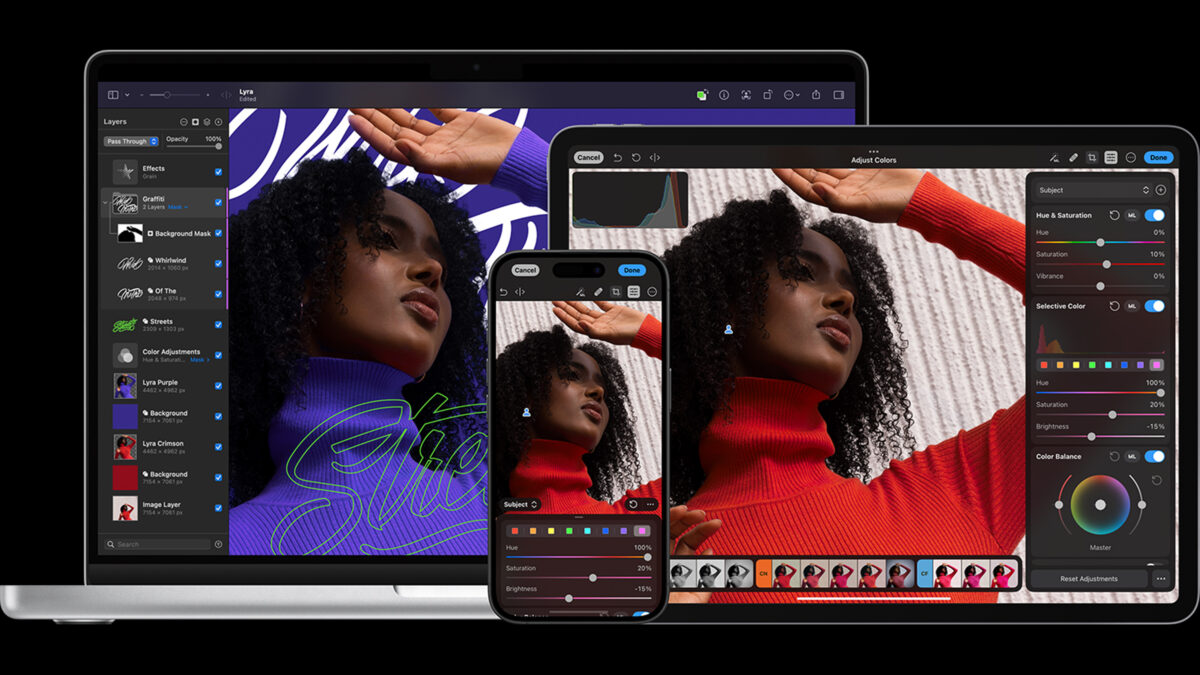
The iPhone 16 Pro Max takes mobile editing further than any other phone in 2025. Apple has turned the Photos app into a pro-grade editing hub that rivals desktop software.
- Record and edit Dolby Vision 4K120fps video directly inside Photos. Adjust colour, tone, and playback speed frame by frame without exporting to another app.
- Control audio with tools that go beyond simple trimming. Reduce noise, mix multiple microphones, create spatial audio, and position sounds creatively inside the built-in editor.
- Use AI-powered Photographic Styles to fine-tune skin tones, colours, and contrast while keeping edits reversible.
- Capture ProRes and Log video directly to external storage, making it easy to hand footage off to Final Cut Pro, LumaFusion, or DaVinci Resolve.
- Soon, Siri will add cross-app voice commands, such as finding a clip in Photos and sending it to Darkroom for a specific edit.
Apple also integrates seamlessly with the widest range of professional apps on iOS, which makes the iPhone 16 Pro Max the most complete choice for creators who want serious video and audio editing tools built in.
Samsung Galaxy AI Suite – Fast, Smart, Creative
The Galaxy S25 Ultra focuses on speed and creativity. Samsung designed its AI-powered Studio app for creators who want to shoot, edit, and post quickly.
- Use Quick Edit to trim, cut, and arrange clips automatically for TikTok, Instagram Reels, or YouTube Shorts.
- Apply built-in creative effects such as Slow Motion, Transparent Image extraction for stickers and thumbnails, and Audio Eraser for cleaning up background noise.
- Make GIFs and other shareable formats in seconds, all processed on the device without needing extra gear.
- Arrange clips with drag-and-drop editing that feels simple and intuitive.
Samsung also supports popular third-party apps like Adobe Premiere Rush, CapCut, and KineMaster. This gives you a smooth workflow if you want to start an edit on your phone and finish it on your laptop.
Google Magic Editor and Pixel Studio – AI Power and Versatility
The Pixel 9 Pro XL takes a different approach. Google relies heavily on AI to automate tedious editing tasks while still giving creators room for adjustments.
- With Magic Editor, you can move, resize, or remove objects in both photos and videos, extend backgrounds, and automatically reframe shots for social media formats.
- The Audio and Video Magic Eraser cleans up noisy recordings by cutting out background sounds and enhancing voices.
- Features like Video Boost and Night Sight Video use cloud processing to improve lighting, stability, and clarity in real time.
- Tools like Best Take and Add Me blend multiple frames so everyone looks sharp and well-framed.
- Pixel Studio, powered by Gemini AI, introduces auto-editing features and connects with Google’s cloud ecosystem along with apps like Adobe, InShot, and Filmora.
For creators who want AI to do most of the heavy lifting, Pixel offers the most powerful automation options.
Third-Party App Compatibility
All three platforms support the industry’s top editing tools, including Final Cut Pro, DaVinci Resolve, CapCut, LumaFusion, Adobe Premiere Rush, and KineMaster. Apple’s iOS ecosystem has the richest professional app support, while Samsung and Google offer Android alternatives that often add unique, device-specific features.
Which Phone Offers the Best Editing Experience?
- The iPhone 16 Pro Max gives creators the most comprehensive toolkit, from Dolby Vision video and ProRes workflows to advanced spatial audio controls and best-in-class app support. It works equally well for professionals and hobbyists.
- The Samsung Galaxy S25 Ultra excels if you want to edit fast, apply creative AI effects, and push content straight to social platforms without needing extra steps.
- The Google Pixel 9 Pro XL shines for AI-powered editing, photo-video integration, and real-time cloud enhancements, making it a smart choice for creators who want speed and automation.
If you need the deepest, most professional-grade editing tools, the iPhone 16 Pro Max leads the way. If you prefer fast, social-ready content creation, Samsung is the most intuitive. And if you want AI-powered flexibility, the Pixel 9 Pro XL delivers cutting-edge features for minimal effort.
Storage and Expandability
Remember that high-resolution video takes up a lot of space. Phones with microSD expansion (Sony Xperia) or higher built-in storage work best for creators. Most high-end phones from Apple, Samsung, and Google do not support expandable storage, so you’ll either have to go with a 1TB or 512GB model or get yourself some external storage.
Other Strong Contenders
Xiaomi 15 Ultra, Vivo X200 Ultra, Oppo Find X8 Ultra, OnePlus 13, and Honor Magic 7 Pro: These flagships perform well in low light and deliver strong dynamic range, which benefits creators who film in different environments.
Moto G Stylus 5G: A more budget-friendly option that still records solid video, making it appealing for beginners or entry-level creators.
Choosing the Right Phone (Checklist)
- Pick a phone based on the type of content you plan to create:
- Match resolution and frame rates to the platform you post on (YouTube, TikTok, Instagram).
- Decide if manual controls and pro-level audio features matter for your workflow.
- Factor in the editing tools and ecosystem you prefer, whether that’s Apple, Android, or Sony.
- Make sure storage fits your needs, especially if you film long videos or record frequently.
For most creators, the iPhone 16 Pro Max, Samsung Galaxy S25 Ultra, and Google Pixel 9 Pro XL deliver the best mix of quality and ease of use. They also come with the best hardware and the most timely software updates, you’ll get 7 years’ worth with all of these phones.
If you want full manual control and professional tools, the Sony Xperia 1 VI stands out as the most advanced choice. But it isn’t all that great as a phone when compared to iPhone, Pixel and Samsung’s high-end Galaxy S phones.
My advice? Go with either Google Pixel 9 Pro XL or iPhone 16 Pro Max.
Email Address
Unsubscribe any time.
Follow us
